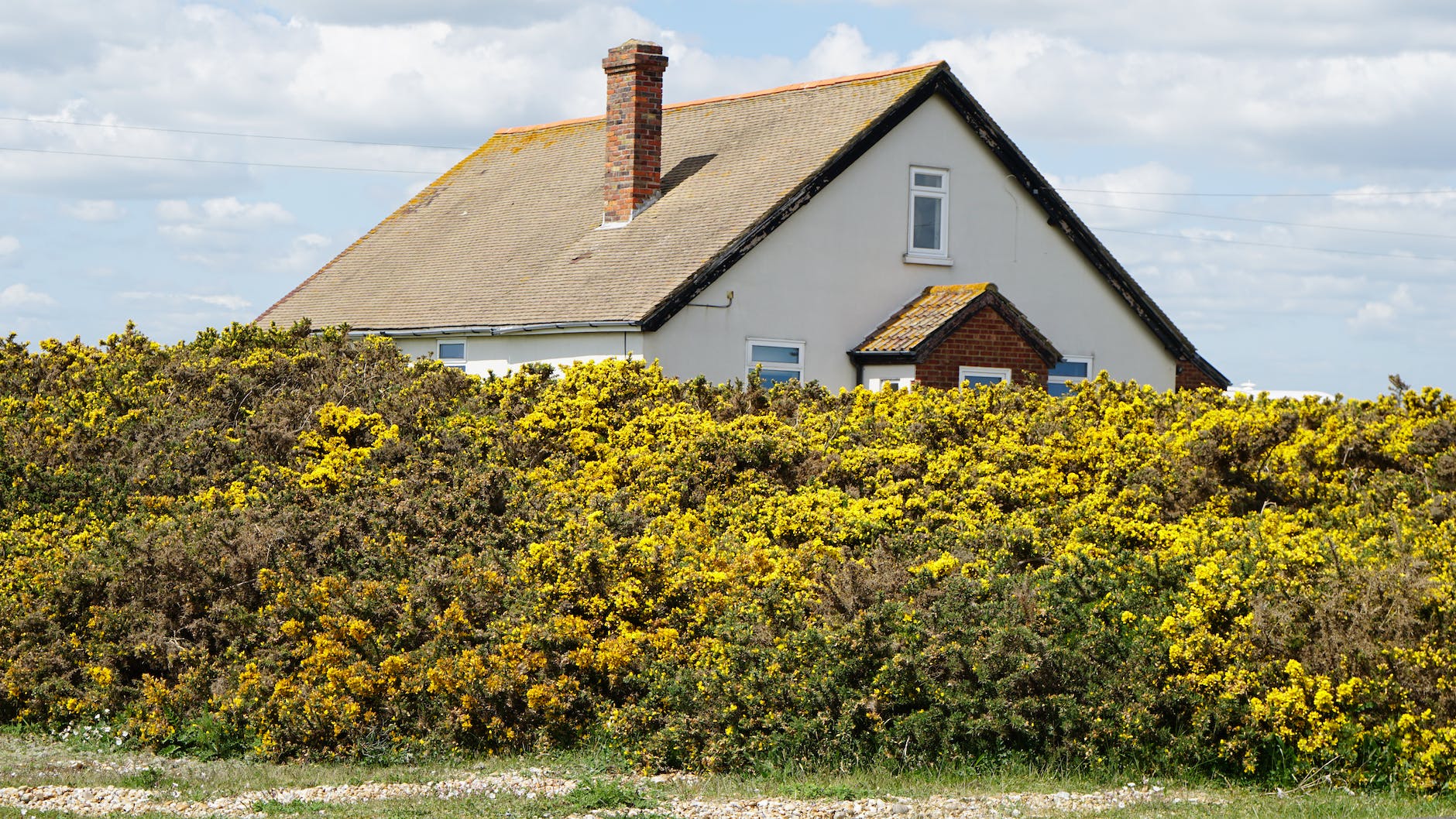Chimney sweep cleaning is a crucial maintenance task for homeowners who enjoy the warmth and ambiance of a fireplace or wood-burning stove. Over time, soot, creosote, and debris can accumulate within the chimney, posing serious safety hazards. This blog will explore how does chimney sweep cleaning work to ensure your home’s safety and comfort.
The Importance of Regular Chimney Cleaning
Regular chimney cleaning is a maintenance task and a crucial aspect of home safety. Here’s a closer look at why it’s essential:
Chimney Fires
The accumulation of soot and creosote, a highly flammable substance, within the chimney can lead to fires. These fires can be hazardous, as they can spread quickly and cause extensive damage to your home. Regular cleaning helps remove these combustible materials, significantly reducing the risk of chimney fires.
Poor Ventilation
Over time, debris and soot obstruct the chimney’s airflow, leading to poor ventilation. This can result in smoke and harmful gases, like carbon monoxide, backing into your home instead of safely vented outside. Regular cleaning ensures the chimney remains clear, allowing for proper ventilation and reducing health risks.
Toxic Fume Buildup
Incomplete combustion of wood or other fuels can produce toxic fumes, such as carbon monoxide. If the chimney is clogged with soot and debris, these dangerous gases may not escape as they should, posing a severe health hazard to you and your family. Routine cleaning helps prevent the buildup of these toxic fumes.
Improved Efficiency
Beyond safety concerns, regular chimney cleaning has practical benefits. A clean chimney allows your heating system to operate more efficiently. When there’s minimal obstruction, the fire burns cleaner and produces more heat, saving you money on fuel costs.
Inspection and Assessment
Before embarking on the actual cleaning process, a professional chimney sweep starts with a thorough inspection and assessment. Here’s why this step is critical:
Level of Buildup
The technician assesses the amount of soot, creosote, and debris accumulated inside the chimney. This information helps them determine the extent of cleaning required.
Identifying Damage
Cracks, structural issues, or damaged chimney linings can pose significant risks. During the inspection, the technician looks for any signs of damage that may need immediate attention or repairs.
Potential Issues
Beyond cleaning, the technician may identify other issues, such as bird nests or animal obstructions, that could impact the chimney’s functionality. Addressing these issues ensures your chimney operates smoothly.
Overall, the inspection and assessment phase is the foundation for a safe and effective chimney cleaning. It provides the necessary information to tailor the cleaning approach to your chimney’s condition and needs.
Preparation and Safety Measures
Chimney sweep cleaning involves several essential safety measures to protect both the technician and your home:
Protective Sheets
Protective sheets are placed around the fireplace or stove area to contain the mess and prevent soot and debris from spreading. These sheets safeguard your home’s interior during the cleaning process.
Safety Gear
Technicians wear safety gear, including goggles, gloves, and respiratory protection, to shield themselves from harmful particles. This gear ensures their safety and minimizes the risk of inhaling airborne contaminants.
By taking these precautions, professional chimney sweeps create a safe environment for the cleaning process while safeguarding the home and their well-being.
Sweeping and Cleaning Process of your fireplace
The heart of chimney sweep cleaning involves the removal of soot, creosote, and debris. Technicians use specialized brushes, rods, and vacuum systems to dislodge and extract these substances from the chimney. This process may take some time, depending on the chimney’s size and the level of buildup.
Inspection and Final Checks after Chimney Sweep
After the sweeping and cleaning, the chimney sweep technician conducts a meticulous final inspection. This step is crucial to ensure that your chimney is clean, safe, and fully functional.
Clearing Debris and Soot
The technician carefully examines the chimney’s interior to ensure no debris or soot particles have been left behind. Even a tiny residual material can pose a fire hazard, so thoroughness is essential.
Flue Clearance
The technician checks the flue, the passageway that allows smoke and gases to exit the chimney. The flue must be clear of obstructions to prevent dangerous smoke and gas buildup inside your home. Any blockages or irregularities are addressed during this inspection.
Damage Assessment
During the final checks, the technician also looks for any signs of damage or deterioration within the chimney structure. This may include cracks, loose bricks, or other issues that could compromise the chimney’s integrity. Identifying these problems early allows for timely repairs, ensuring the long-term safety of your chimney.
Clearing debris, ensuring flue clearance, and assessing potential damage results in a comprehensive final inspection that guarantees your chimney is in top condition.
Post-Cleaning Recommendations and Maintenance
Once the chimney sweep cleaning is completed, the technician offers valuable post-cleaning recommendations and guidance to help you maintain a safe and efficient chimney system.
Cleaning Frequency
The technician will advise you on how often you should schedule chimney cleanings based on your specific usage and the type of fuel you burn. Annual cleanings may be recommended for those who use their fireplace or stove frequently, while others may need them less frequently. This guidance helps prevent dangerous buildup and ensures consistent performance.
Chimney Cap Installation
Installing a chimney cap is often recommended to prevent debris, leaves, and animals from entering the chimney. These caps protect the chimney and improve its overall efficiency and safety.
Usage Tips
The technician may offer tips to maximize your chimney system’s efficiency and safety. This can include guidance on selecting suitable wood for burning, maintaining proper airflow, and understanding the signs of chimney-related issues.
Repairs and Upkeep
The technician will discuss potential repairs and upkeep if any issues were identified during the inspection. Timely addressing problems can prevent them from becoming major, costly issues in the future.
Chimney sweep cleaning is a vital service provided by professional cleaning companies to ensure the safety and functionality of your chimney and heating system.
Regular cleaning not only prevents potential disasters but also extends the lifespan of your chimney.
So, if you haven’t had your chimney cleaned recently, consider scheduling a professional sweep to keep your home cozy and secure.




Leave a Comment